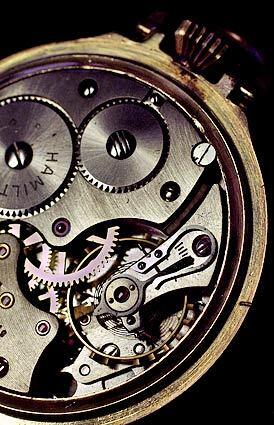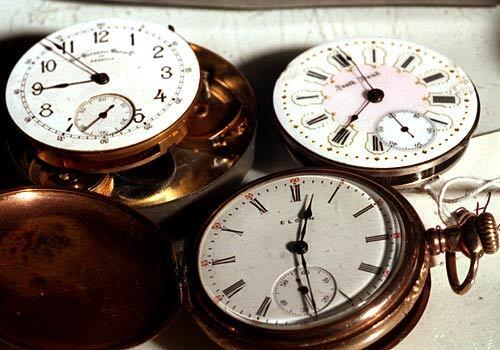
Antique pocket watches clutter a work bench. The spread of railroads in the U.S. led to the popularity of the timepiece, although by about WWI it began to be overshadowed by the wristwatch. (Annie Wells / LAT)
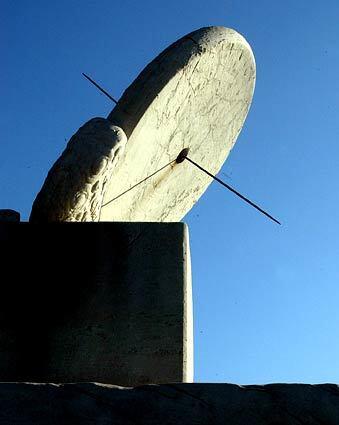
This sundial is one of several in the Palace Museum of the Forbidden City in Beijing. It’s the oldest known device for measuring time, dating back to Babylon circa 2000 BC. When the sun hits the upright “gnomon” in the center of the sundial, the shadow points to the time of day. (Lawrence K. Ho / LAT)

Stonehenge, Britain’s prehistoric collection of circularly arranged megaliths, is typically thought of as an astronomical observatory that was used for pagan celebrations at the summer solstice, the longest day of the year in the Northern Hemisphere. (Scott Barbour / Getty Images)
Advertisement
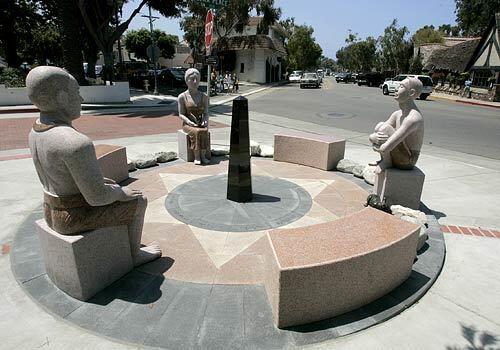
“The People’s Council,” a sculpture at the Laguna Beach City Hall, features three figures sitting around a black obelisk that serves as a sundial, casting shadows over such words as “happiness,” “freedom,” “fertility” and “safety.” (Glenn Koenig / LAT)
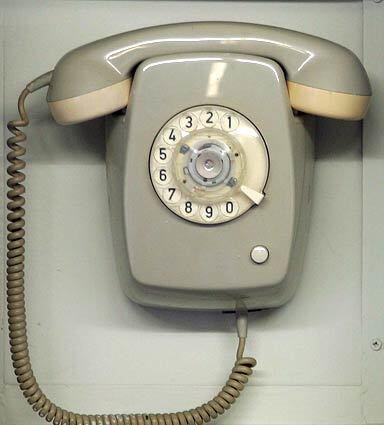
AT&T’s time-telling service is going the way of the rotary phone, with the company deciding to discontinue its time-of-day recording. At least the old-school rotary piece can still function as wall art. (Andreas Rentz / Getty Images)
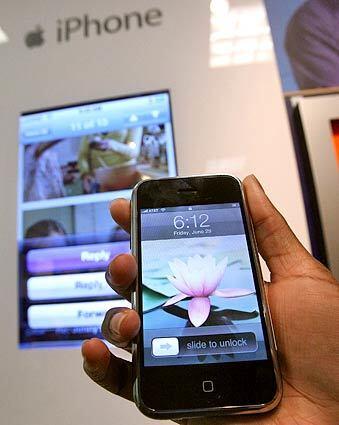
The iPhone could be considered the most modern timepiece -- and then some. The multifunctional device lets you talk on the phone, surf the Web, listen to music, send emails, and yes, it’ll also give you the time of day. (Mario Tama / Getty Images)
